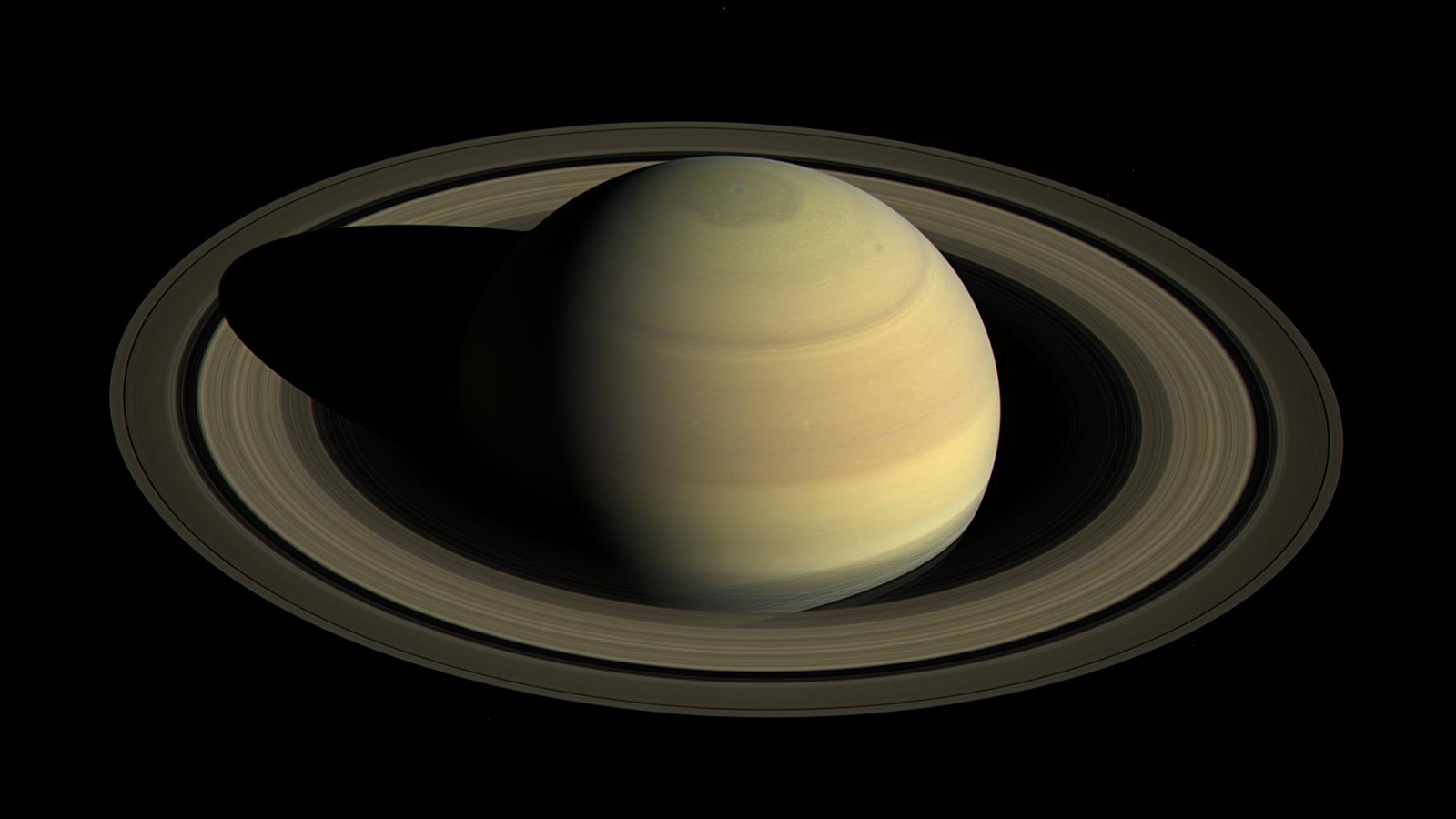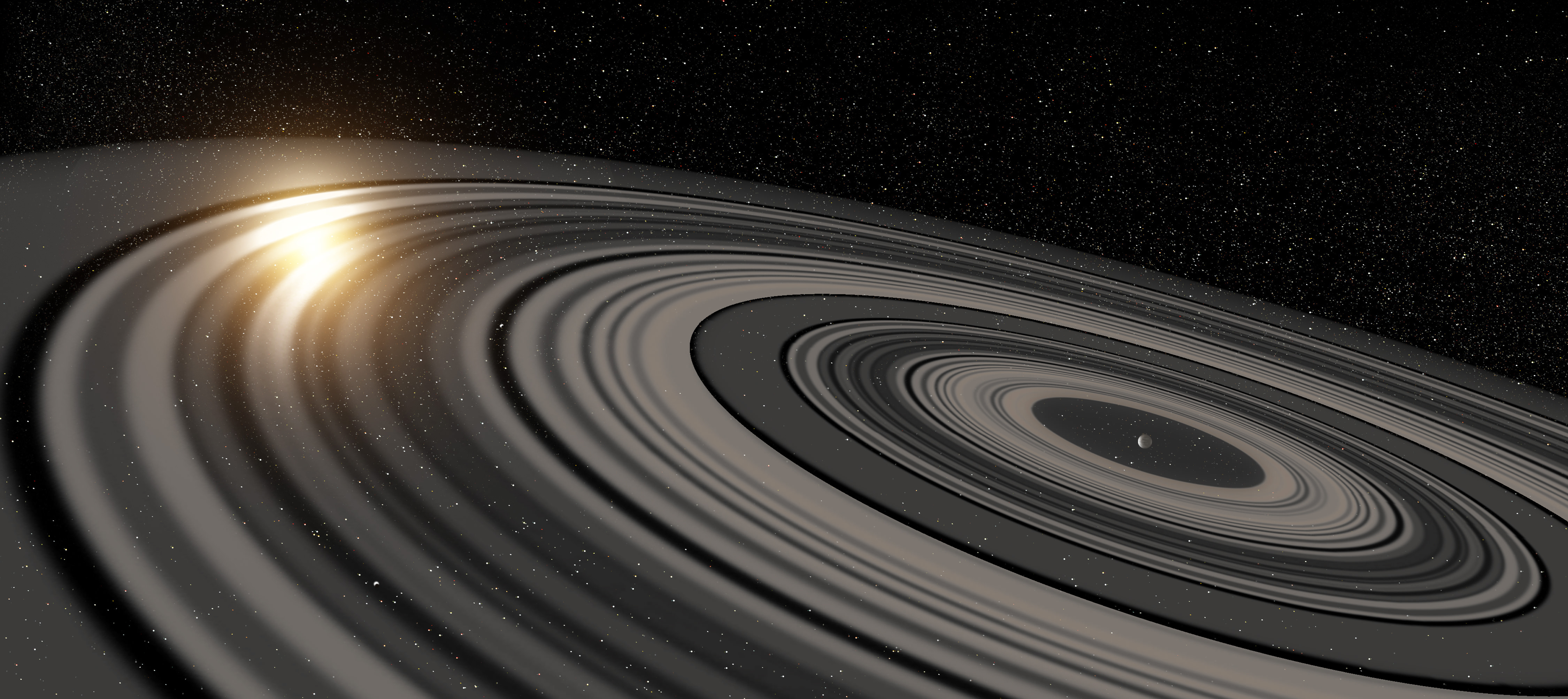Saturn, the sixth planet from the sun, is one of the most fascinating objects in our solar system. With its iconic rings and numerous moons, Saturn has captured the imagination of astronomers and casual stargazers alike for centuries. In this article, we'll dive into everything you need to know about Saturn, from its discovery and physical characteristics to its moons and ring system, and its role in mythology and popular culture.
 |
| Title: All You Need to Know About Saturn: The Ringed Wonder |
Discovery and Exploration:
Saturn has been known since ancient times, with the Babylonians, Greeks, and Romans all observing the planet and giving it various names. In 1610, Galileo Galilei became the first person to observe Saturn with a telescope, but he was unable to discern its true nature due to the poor quality of his instrument. It wasn't until 1655 that Dutch astronomer Christiaan Huygens discovered that Saturn was surrounded by a ring system, which he thought was composed of two separate rings.
Since then, numerous missions have been sent to explore Saturn, including the Pioneer 11, Voyager 1 and 2, and Cassini spacecraft. Cassini, which orbited Saturn from 2004 to 2017, provided unprecedented views of the planet and its moons and helped us better understand its complex ring system.
Physical Characteristics:
Saturn is the second-largest planet in our solar system, after Jupiter, with a diameter of about 116,460 kilometers at its equator. It is a gas giant, with a thick atmosphere composed mostly of hydrogen and helium. The atmosphere is notable for its bands of alternating light and dark colors, caused by the planet's strong winds and atmospheric turbulence.
Saturn's most distinctive feature is its ring system, which consists of thousands of individual ringlets made up of ice particles and dust. The rings are about 280,000 kilometers wide, but only a few hundred meters thick. They are believed to be relatively young, forming within the last few hundred million years.
Moons:
Saturn has at least 82 moons, with more being discovered all the time. The largest of these is Titan, which is the only moon in our solar system with a thick atmosphere. Titan's atmosphere is mostly composed of nitrogen, like Earth's, but also contains significant amounts of methane, which gives it a hazy, orange-brown appearance.
 |
| Saturn Moons |
Another notable moon of Saturn is Enceladus, which is believed to have an ocean of liquid water beneath its icy surface. The Cassini spacecraft discovered geysers of water vapor and icy particles erupting from cracks in the moon's surface, suggesting that there may be hydrothermal vents on the ocean floor that could support microbial life.
Ring System:
 |
| Saturn Ring System |
Saturn's ring system is the most extensive in our solar system, extending from 6,630 kilometers to 120,700 kilometers from the planet's center. The rings are believed to have formed from the debris left over from the breakup of a moon or comet that wandered too close to Saturn and was torn apart by tidal forces.
The rings are composed mostly of water ice but also contain smaller amounts of rock and dust. They are divided into several major divisions, including the D, C, B, A, F, G, and E rings, as well as numerous smaller gaps and ringlets. The rings are constantly evolving, with new features being discovered all the time.
Mythology and Popular Culture:
Saturn has played a significant role in mythology and popular culture throughout history. In ancient times, it was associated with the Roman god Saturnus, who was the god of agriculture and harvest. The planet's name is derived from the god's name, and its symbol is the sickle, which represents the tool used to harvest crops.
In astrology, Saturn is associated with discipline, responsibility, and limitations. It is often seen as a malevolent planet, representing challenges and obstacles that must be overcome.
In popular culture, Saturn has been featured in numerous works of science fiction and fantasy, often as a mysterious and awe-inspiring object. It has appeared in movies like Interstellar and Guardians of the Galaxy, as well as in TV shows like Star Trek and Doctor Who.
Conclusion:
Saturn is a fascinating and complex planet, with a unique ring system and numerous moons that hold the potential for scientific discovery. Its place in mythology and popular culture only adds to its mystique and appeal. As we continue to explore our solar system and beyond, Saturn will undoubtedly continue to capture our imaginations and inspire wonder and curiosity.


0 Comments